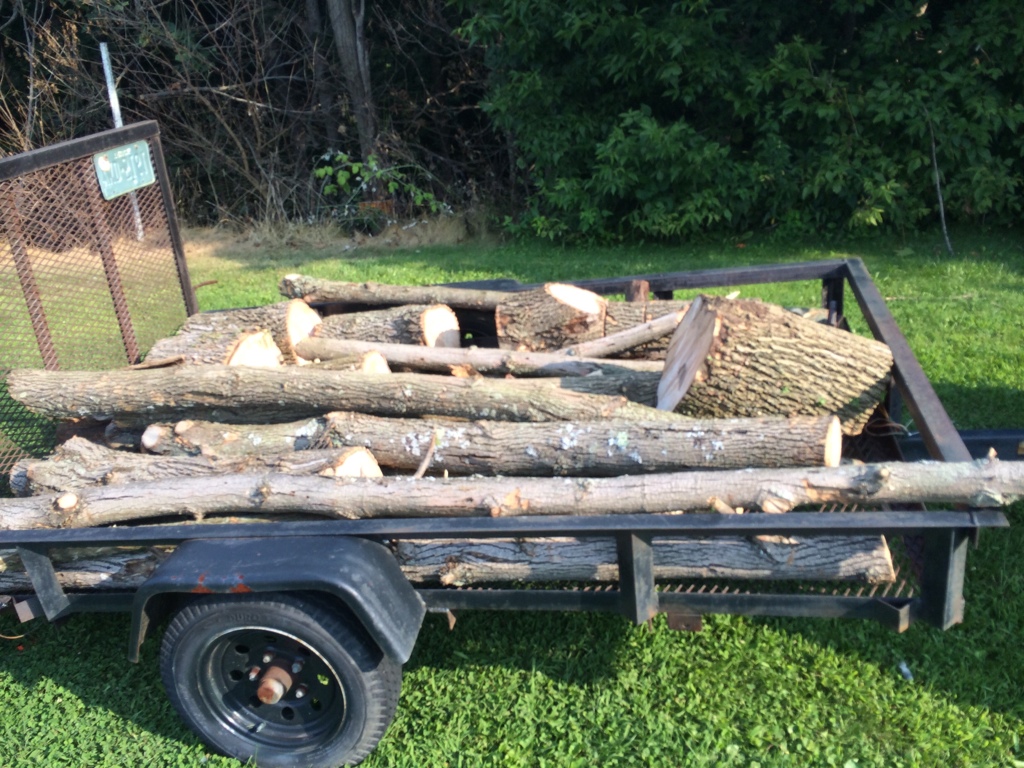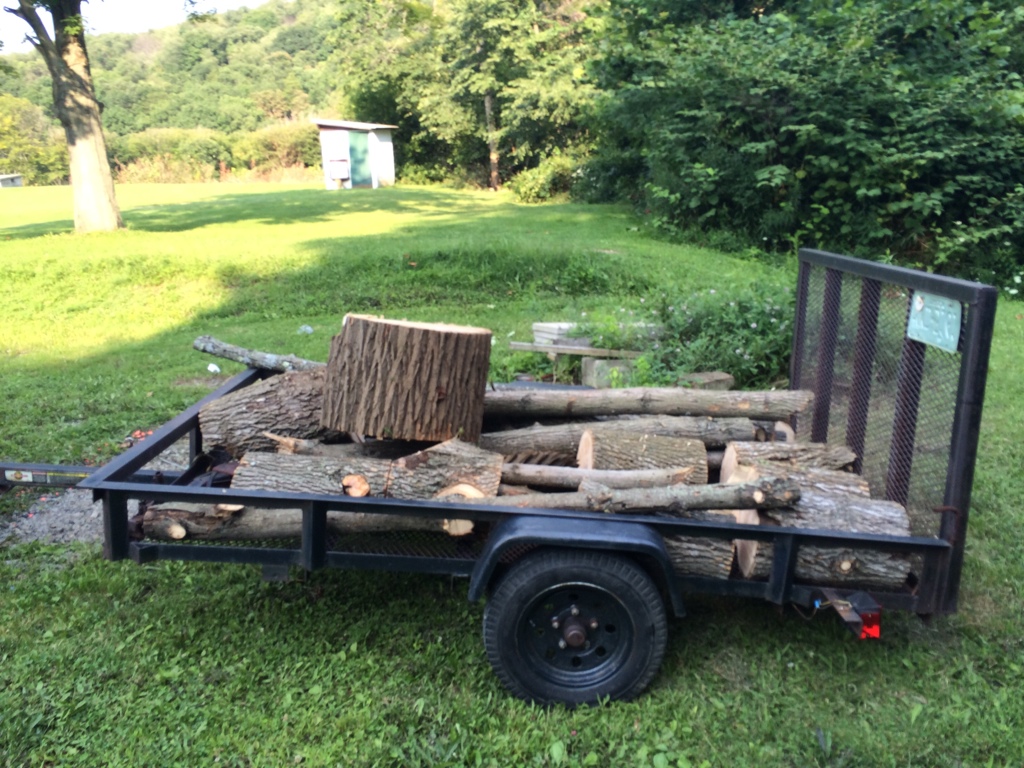A lesson I learned early... I spent a couple hours whittling mine out on one of my first outings when I had only one saw/bar/chain and my buddy did too. Problem was, his saw was junk (I gave him my old one...) and it wouldn't start. I was determined that I wasn't going to leave the bar/chain and paid the price of a few blisters, lot's of sweat (and numb feat due to the cold...) and all the aggravation of knowing it happened because I didn't know what I was doing.
I now take an extra bar and a number of chains along with the plastic wedges previously suggested and a couple of steel wedges, as well as a 5-lb hammer, an 8-lb sledge, 8-lb maul, a mattock and a shovel. (Had to dig to get to the nuts on my bar more than once...) A couple of 20' tow straps stay in the truck along with most of the goodies for gettin' it unstuck. My son now knows the routine and helps load all the cuttin' and tow goodies in the Suburban along with the saw, fuel and bar oil. Sometimes I laugh at how much junk I take along just to cut up a couple of darn logs...
I've learned a lot over the years and generally avoid getting stuck before it happens now, based on previous experiences. But, oh what experiences they'be been! All part of the adventure!!!
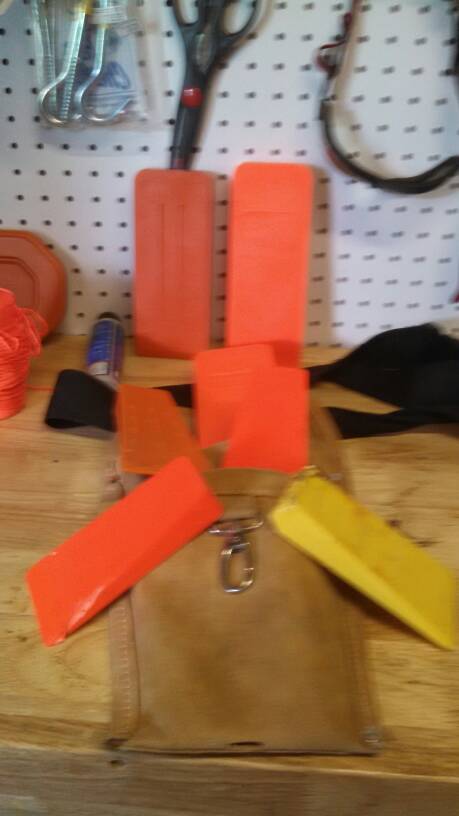
























































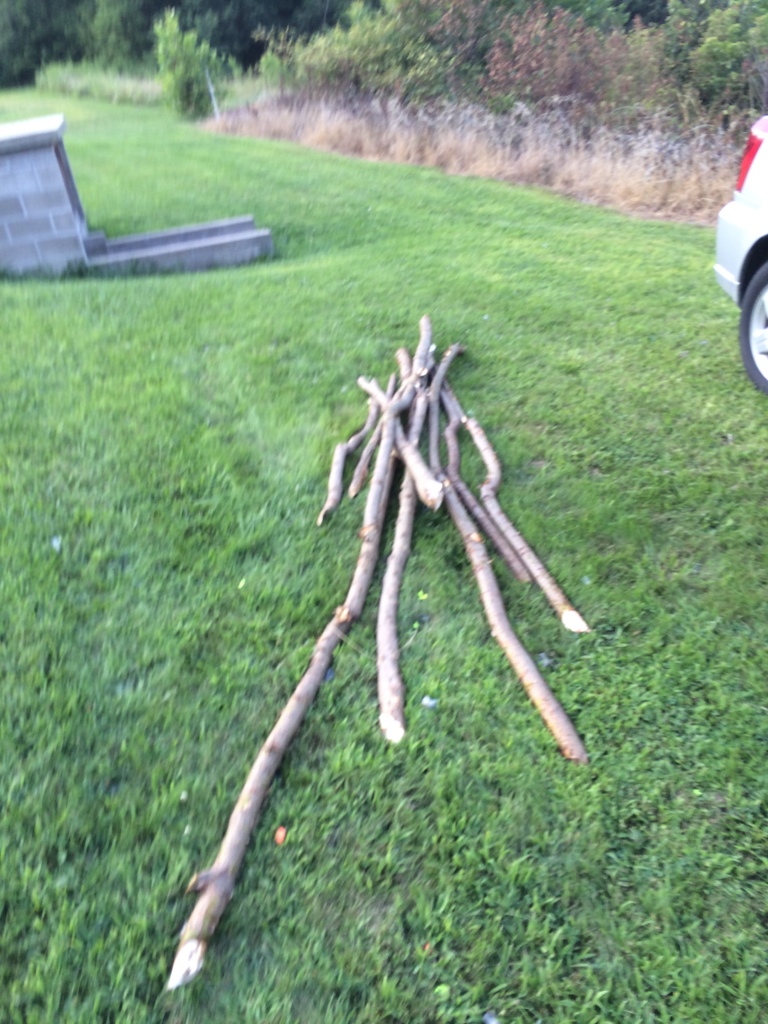
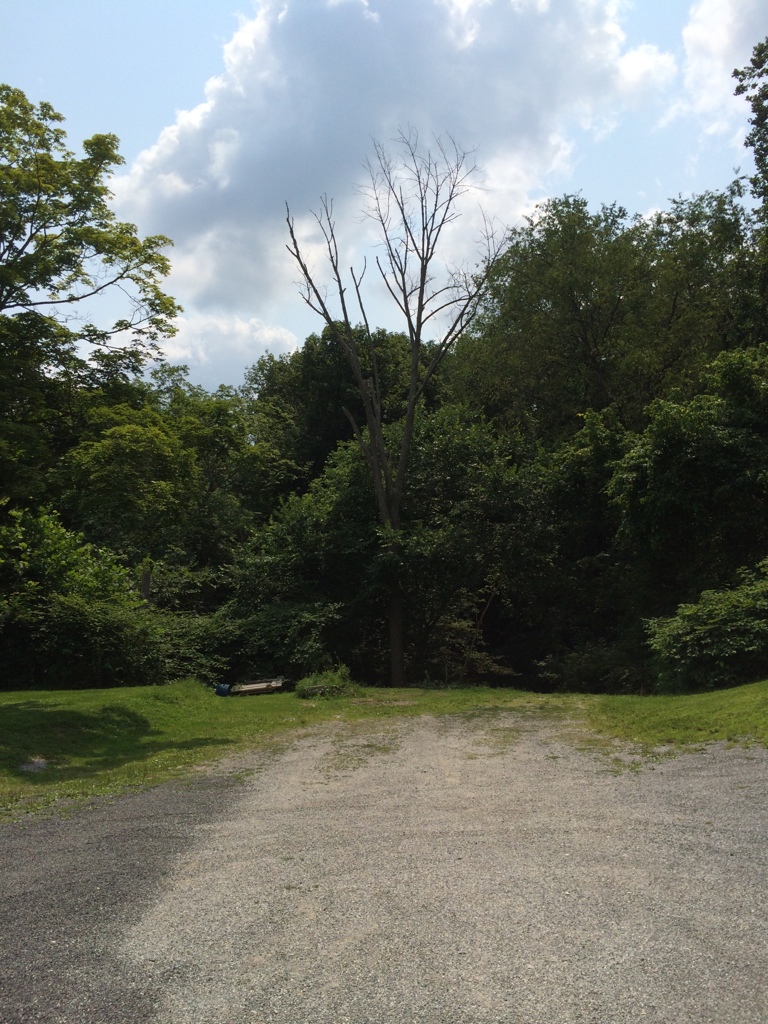
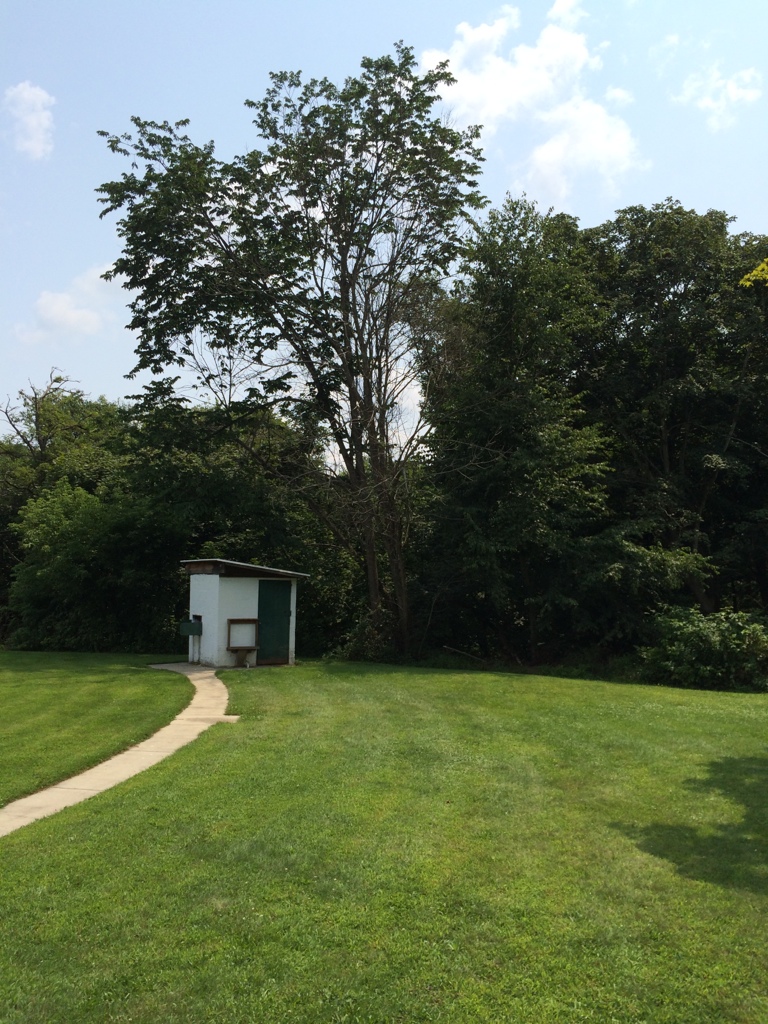

 If nothing else works to cut a log into manageable sections, I also carry a cant-hook and a couple of cable winches with chains, slings, etc. Pas de probleme.
If nothing else works to cut a log into manageable sections, I also carry a cant-hook and a couple of cable winches with chains, slings, etc. Pas de probleme.